Video: How to properly perform a dental examination on sheep
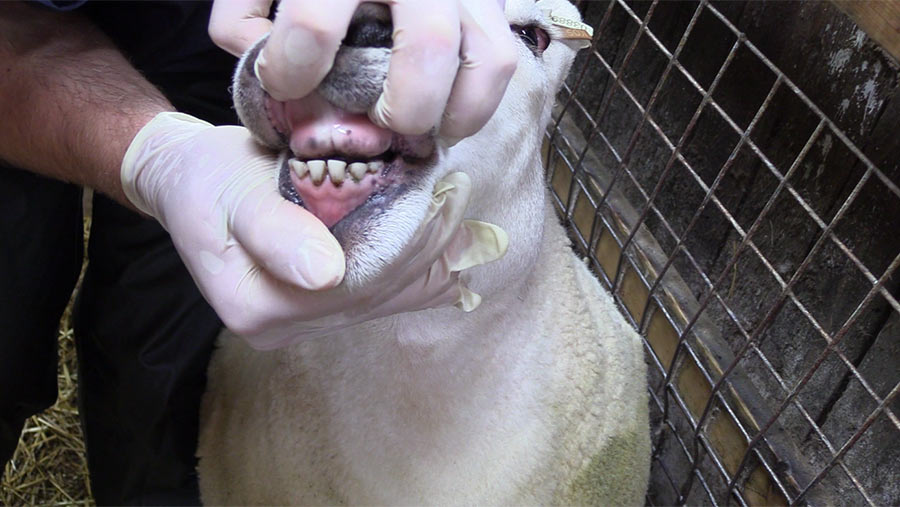
A basic dental examination can reveal important information about any dental problems sheep may have that could hold back performance.
Poor teeth can reduce dry matter intake; lead to a loss of body condition, poor scanning rates or infertility; and potentially lead to incidence of twin lamb disease as a result of nutritional problems.
Spending just a few minutes examining dentition can reveal issues that could warrant stock being fattened, rather than being kept for breeding.
Veterinary surgeon Sam Fielding of Swale Vets, North Yorkshire, reminds shepherds how to check dentition before tupping.
Telltale signs of dental problems
- Excessive salivation
- Body condition – is the sheep below a body condition score of 3 as a result of not being able eat?
- Eyes wincing during chewing or when pressing the side of the mouth, or restlessness as a result of pain.
- Foul smell from the mouth due to trapped food in worn tooth etc.
- Feel for lumps, spurs or sharp point which could be broken or damaged teeth or cysts
- Dental caries (rotten teeth) can be more common in younger sheep, especially when being fed fodder beet or molasses.
1. Check teeth and jaw alignment
- Restrain the sheep in a comfortable position with the head clearly visible.
- Part the top and bottom lips to reveal teeth and dental pad.
- Run an index finger along the dental pad with the sheep’s jaw closed to reveal any teeth projecting forward or behind the dental pad
- Forward is overshot and behind is undershot (picture 1). Either can result in pressure on the teeth, teeth breaking and difficulties in nursing properly, eating creep feed or grazing. These animals should not be kept for breeding.
- Picture 2 shows a good mouth with eight milk teeth meeting the dental pad.
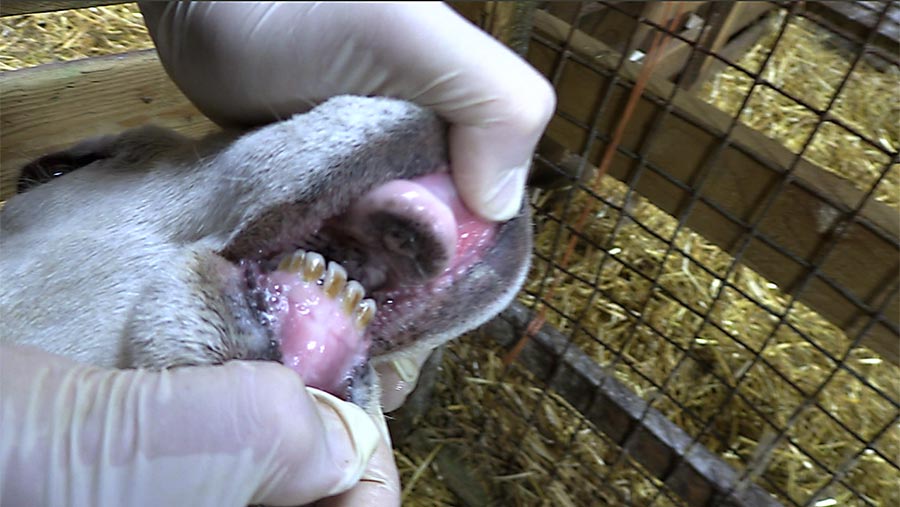
Picture 1: Undershot jaw with teeth protruding back from the dental pad
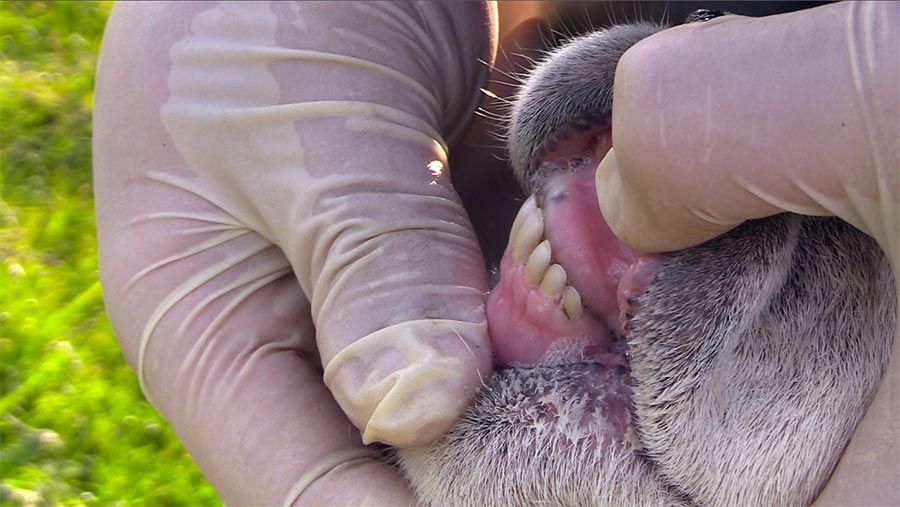
Picture 2: Milk teeth meeting the dental pad
2. Assess teeth quality and age
- Restrain sheep and part the top and bottom lips.
- Assess yearling sheep and ewe lambs for good jaws and teeth.
- Check older ewes for long, gappy teeth and any broken teeth.
What to look for:
• Yearlings: First incisors should be inspected and considered as part of culling considerations. The example (picture 3) shows an ideal mouth, with two wide incisors and all teeth straight, evenly proportioned and coming into contact with the dental pad.
• Mature sheep: At five or six years of age teeth can appear long, worn and gappy and start to break. This ewe (picture 4) is in its fifth year and could be drafted out of the flock, sold or put on to easier ground and supplemented to maintain condition and productivity, as the teeth aren’t actually broken yet. Alternatively, she could be culled, depending on individual flock situations.
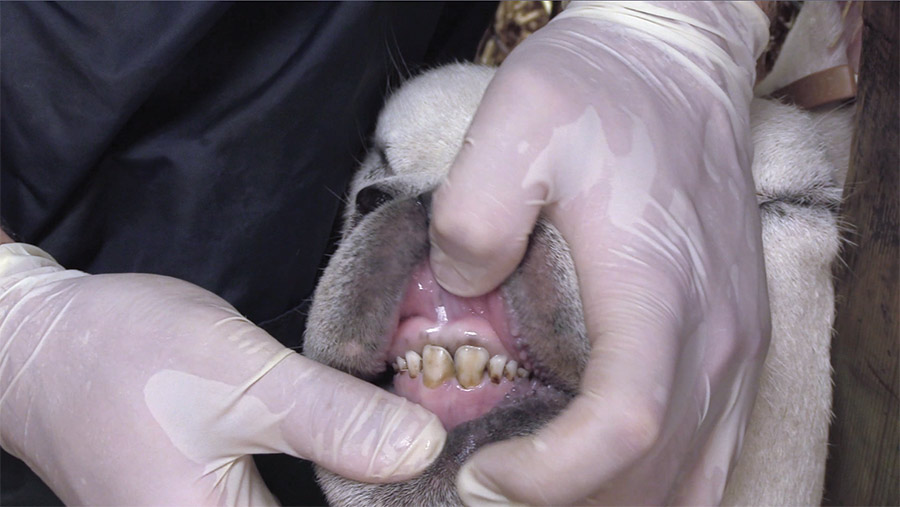
Picture 3: Good shearling teeth
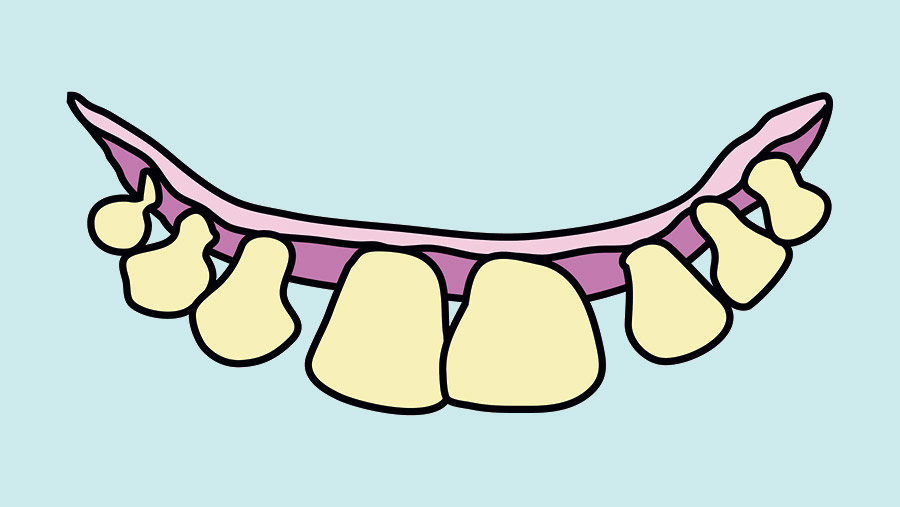
Diagram 1: A shearling mouth with two incisors and six milk teeth
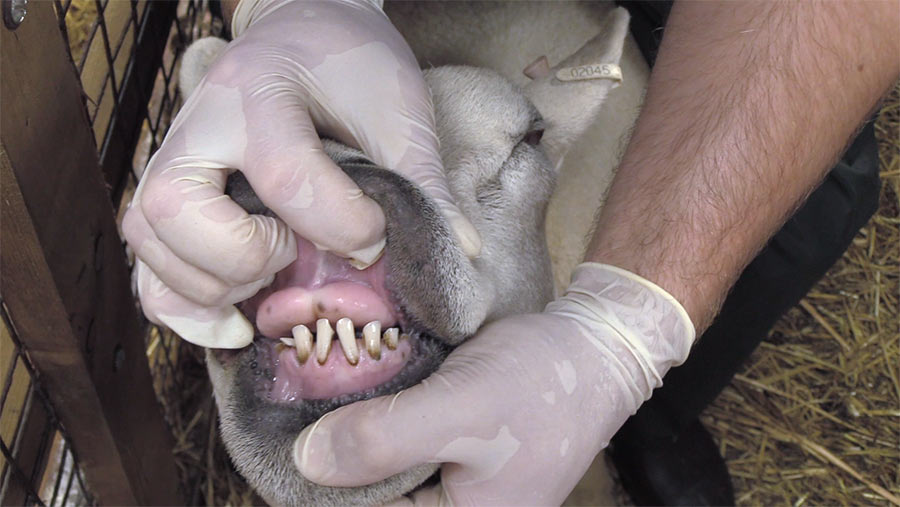
Picture 4: An older ewe with longer, gappy teeth
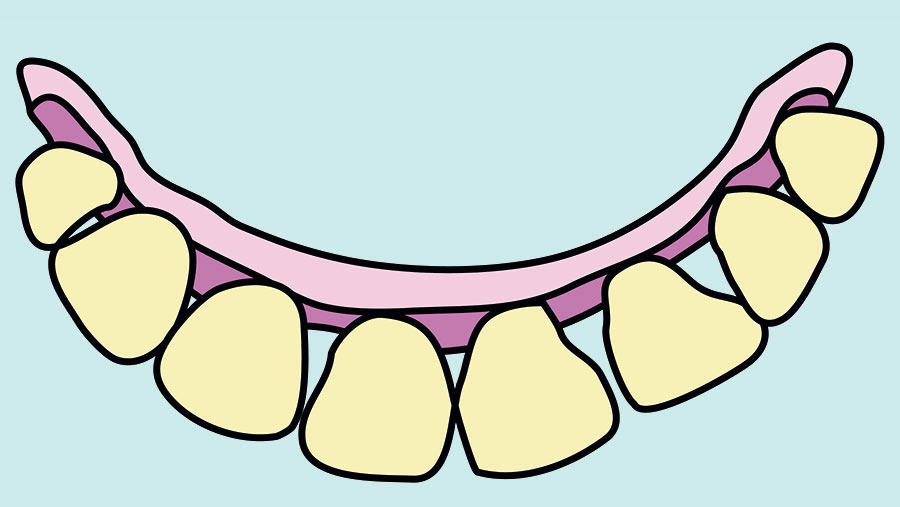
Diagram 2: Eight teeth in an older ewe
3. Assess premolars and molars
- Restrain the sheep in a comfortable position with the head clearly visible.
- Run your index and middle fingers along the side of the sheep’s head, slowly moving across the face 1-3cm above the lower jaw below the line of the mouth (see picture 5).
- Repeat this process several times on each side of the sheep’s head.
- If the sheep is still enough or can be sufficiently restrained, run your hands down each side of the sheep’s head, feeling for any lumps or bumps. The teeth should feel symmetrical.
- Using all four fingers, feel along the upper cheek teeth on the upper jaw.
- Focus on the area directly behind the mouth and work back until you are below the eye (picture 6).
- Feel for lumps and bumps or any sign that the cheek teeth molars aren’t symmetrical, using one hand on each side if possible. (see “Telltale signs of dental problems” above).
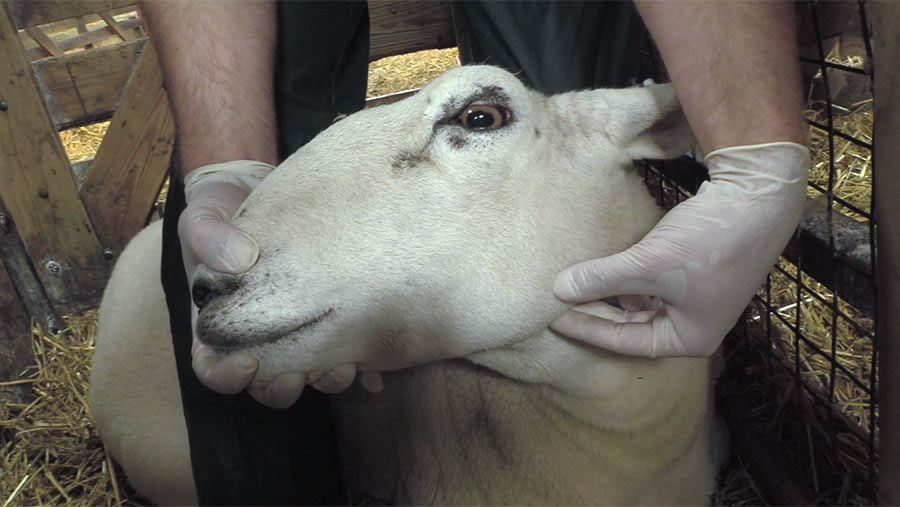
Picture 5: Checking lower molars
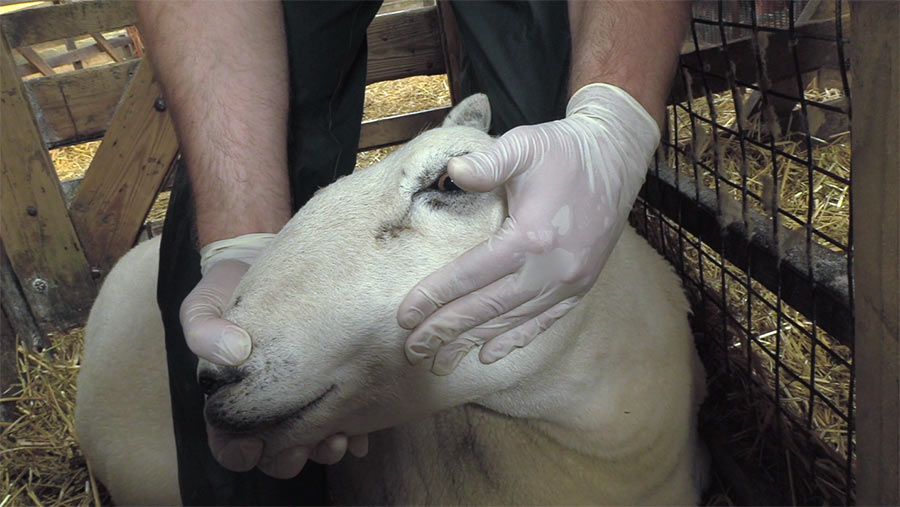
Picture 6: Checking cheek teeth
Video
Watch our video for more information and advice on mouthing sheep and dental examinations.
The video covers:
- The importance of good dentition to flock performance
- How to do a molar exam as part of a pre-tupping check
- How to age sheep according to incisors
